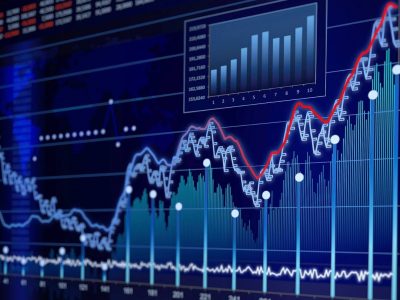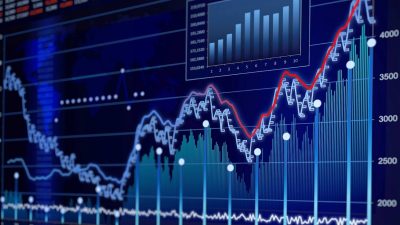DEFINITION
The term “Gross Domestic Product,” or GDP, refers to the total monetary value or price of all finished goods and services produced (and marketed) within a country over a certain period (typically one year).
What does the word “Gross” mean?
In “Gross Domestic Product,” the word “gross” denotes that goods are counted regardless of how they are used later. A product can be used as a replacement for an asset, investment, or consumption. The final “sales receipt” for goods will always be added to the GDP total.
Contrarily, “Net” does not consider goods needed to replace an asset (to offset depreciation). Therefore, only items utilized for investment or consumption are shown on “Net.”
HISTORY
The initial core concept of GDP was developed at the end of the 18th century. The modern image was established as the primary metric of a country’s GDP during the Bretton Woods conference in 1944. American economist Simon Kuznets developed it in 1934.
PURPOSE
The most often used indicator of economic activity is the GDP.
Learn how a country’s GDP can be used to assess the strength of its economy.
GDP FORMULA
In economics, three basic categories comprise the recipients of goods and services: households, corporations, and the government. By summing the expenditures made by the three user groups, The expenditure approach, a way of estimating GDP, is applied. In light of this, the following formula is used to define GDP:
GDP is calculated as follows: consumption + investment + government spending + net exports or put more briefly, as:
GDP equals C + I + G + NX
Net exports (NX) is the difference between a country’s exports and its imports, and (G) is government spending- which implies government purchases of goods and services, (I) is investment denotes business expenditures by businesses and home purchases by individuals,
and consumption (C) represents private consumption expenditures by households and nonprofit organizations.
There are three ways to measure it, namely:
1. Output Method: This calculates the monetary or market worth of all the products made inside the nation’s boundaries. GDP at constant prices, also known as real GDP, is calculated to prevent a misleading measure of GDP due to variations in the price level. Real GDP (GDP at constant prices) – Taxes + Subsidies = GDP (as per output method).
2. Expenditure Method: This calculates the total amount spent by all entities on products and services inside a nation’s borders. GDP (as calculated by the expenditure approach) is equal to C + I + G + (X-IM), where C stands for consumption, I for investment, G for government spending, and (X-IM) for exports, fewer imports, or net exports.
3. Income Method: It calculates the overall income that labor and capital inside a nation’s domestic limits have contributed to. GDP at factor cost + Taxes – Subsidies, as calculated by the income method.
PERCEPTION
GDP serves as a calculation of economic well-being because economists use it to assess whether an economy is expanding or going through a recession.
A weak economy frequently translates into lower earnings and stock prices. Thus, investors can utilize GDP to inform their investing decisions.












Comments